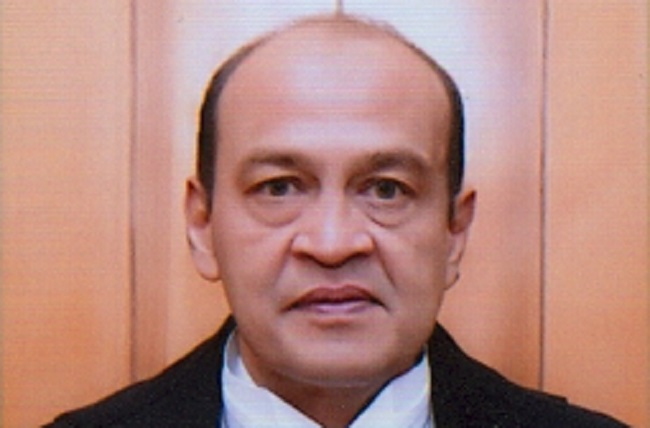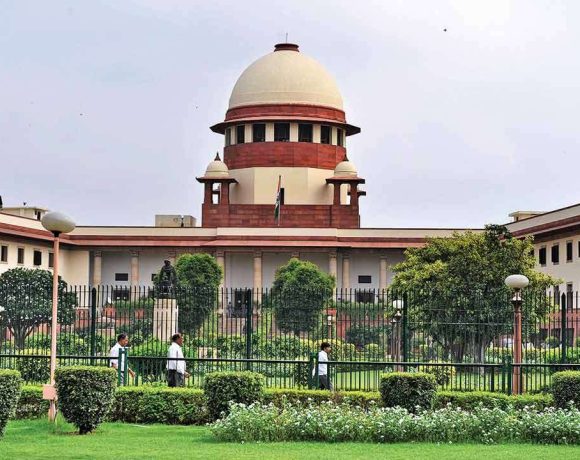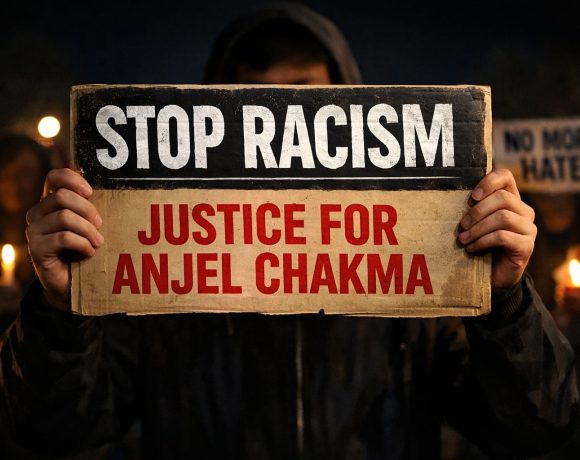
Justice Varma Moves SC, Challenges Cash Inquiry
Justice Yashwant Varma of the Allahabad High Court has approached the Supreme Court challenging the findings of an in-house inquiry panel that accused him of misconduct in a cash recovery case. The panel had concluded that large quantities of burnt and semi-burnt currency were recovered from an outhouse at his former government residence in Delhi after a fire broke out earlier this year.
Claims of Unfair Process and Presumption of Guilt
In his petition, Justice Varma has alleged that the inquiry committee acted in violation of established legal procedures. He said he was denied a fair hearing and that the conclusions were reached in haste without adequate opportunity for him to respond. He has also argued that the panel unfairly placed the burden of proof on him rather than requiring the prosecution to establish wrongdoing.
The judge has requested the Supreme Court to quash the report and stop any further action based on it, including the recommendation to initiate impeachment proceedings.
Cash Recovery and Judicial Fallout
The controversy began on March 14, 2025, when a fire broke out in an outhouse attached to Justice Varma’s then-official residence in Delhi. After dousing the flames, fire officials found significant amounts of damaged cash. The incident prompted an internal judicial inquiry led by three senior judges.
The committee reportedly examined over 50 witnesses and reviewed various forms of evidence before concluding that there was “strong inferential evidence” linking the judge to the unaccounted money. As a result, Justice Varma was transferred to the Allahabad High Court and briefly stripped of judicial responsibilities.
Impeachment Motion in Parliament
The impeachment motion against Justice Varma is expected to be introduced in Parliament during the Monsoon Session, beginning July 21. The final call on his removal will lie with the lawmakers, pending the Supreme Court’s ruling on whether the inquiry process adhered to principles of natural justice.
The case has once again brought focus on the judicial accountability process and the scope of in-house mechanisms in holding members of the higher judiciary responsible for alleged misconduct.


















